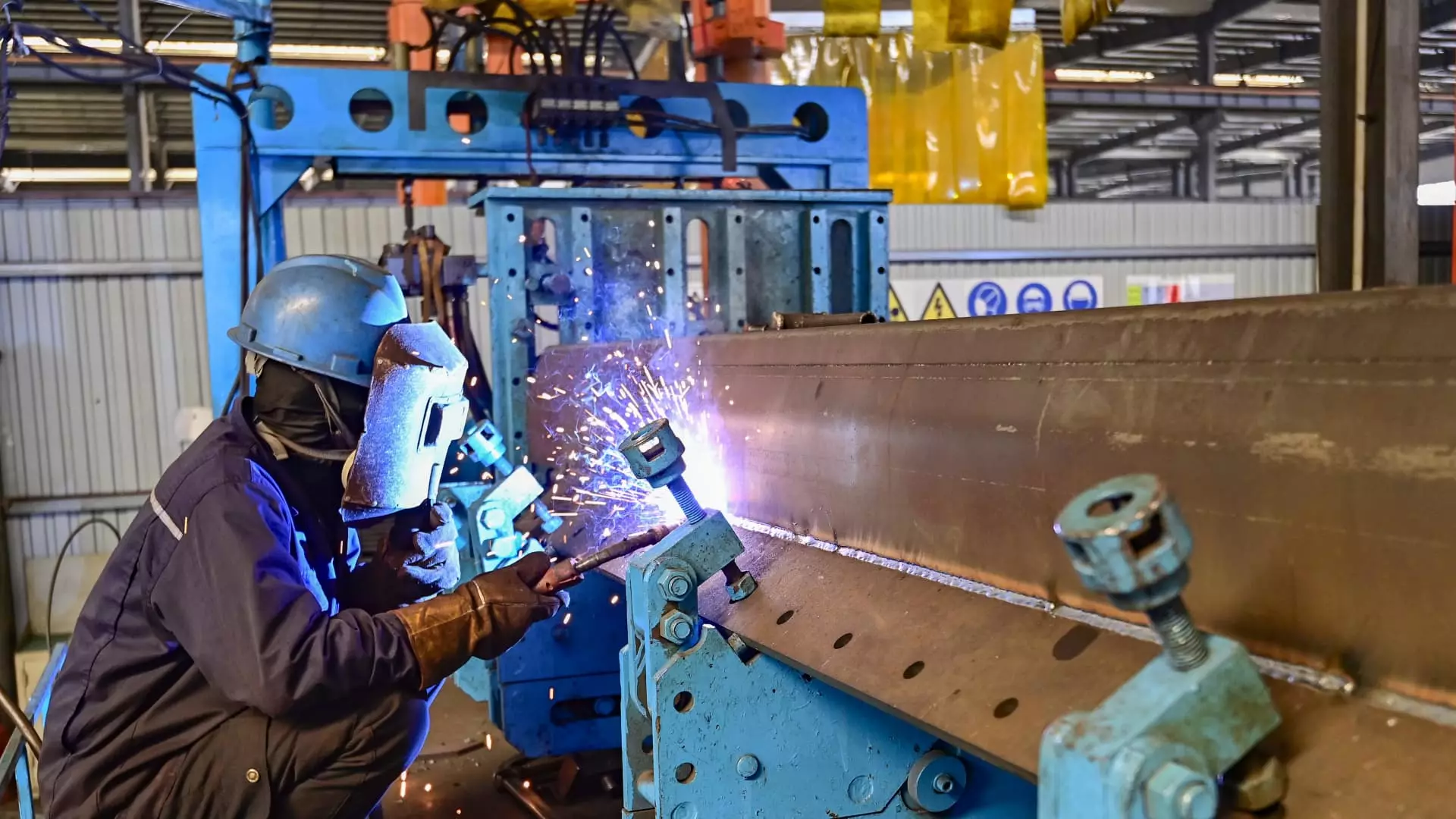In March, China’s manufacturing activity saw a notable improvement, breaking a six-month streak of contraction. The official Purchasing Managers’ Index (PMI) climbed to 50.8, surpassing expectations and marking the first time it has crossed the 50-threshold since last year. This uptick in the PMI indicates a shift towards growth and away from the stagnation that has plagued the sector in recent months. Analysts are optimistic about the recent developments, citing advancements in both domestic supply, demand, and overall confidence among homeowners and businesses.
One of the most promising aspects of the recent data is the resurgence of new export orders, which had endured an 11-month decline. This rebound in international demand signals a potential revitalization of China’s manufacturing sector on a global scale. However, despite these positive trends, employment figures continue to dwindle, albeit at a slower pace. The discrepancy between growth in export orders and a decline in employment underscores the nuanced challenges facing China’s economy.
While the recent uptick in manufacturing activity is a positive sign for the Chinese economy, significant challenges persist. The ongoing crisis in the property sector continues to weigh heavily on overall growth, posing a threat to local governments and state-owned banks. The non-manufacturing PMI, which includes services and construction, saw a modest increase to 53, signaling some improvement in these areas. Premier Li Qiang’s announcement of a 5% economic growth target for 2024 underscores the need for continued stimulus measures to achieve this ambitious goal.
In response to the mixed economic signals, policymakers in China have begun to implement measures to bolster growth. Recent government initiatives aimed at promoting large-scale equipment upgrades and consumer goods sales demonstrate a commitment to stimulating economic activity. Analysts have adjusted their growth forecasts in light of recent developments, with Citi raising its projection for China’s economic growth to 5.0% for the year. Despite these positive adjustments, concerns remain about China’s long-term economic trajectory, with some fearing a potential stagnation mirroring Japan’s experience if significant structural reforms are not enacted.
While China’s manufacturing sector shows signs of improvement, challenges loom on the horizon. The recent uptick in the PMI and export orders offers a glimmer of hope for economic recovery, but the lingering effects of the property crisis and the need for sustained stimulus measures require careful attention. Policymakers face a delicate balancing act in navigating these challenges while striving to achieve their growth targets. The coming months will be crucial in determining the resilience and adaptability of China’s economy in the face of evolving global dynamics.


Leave a Reply